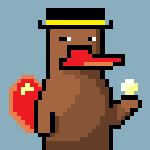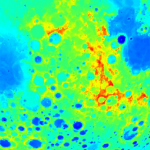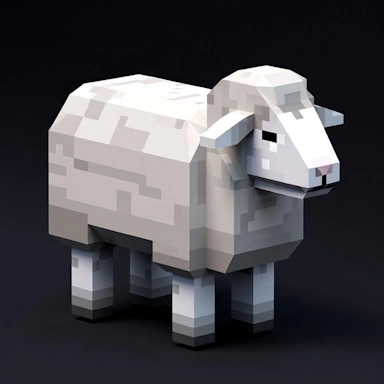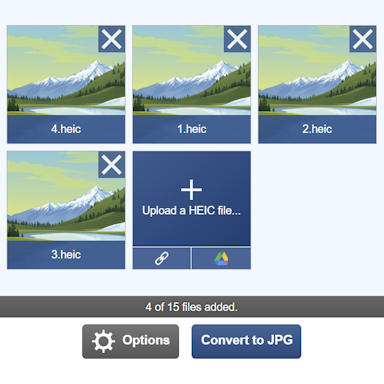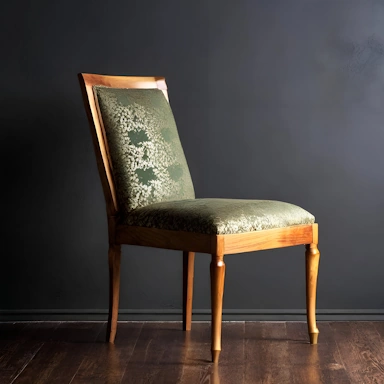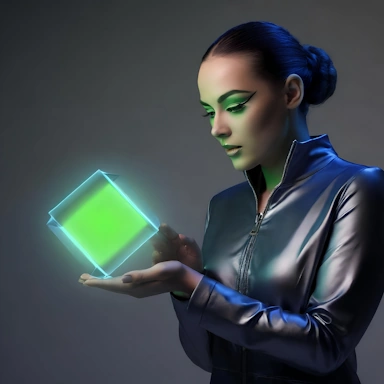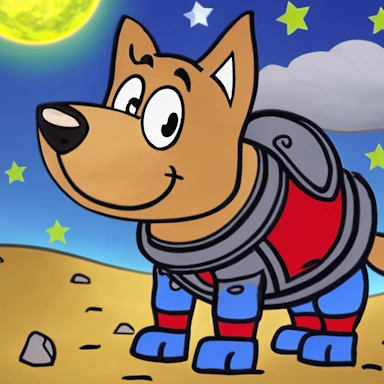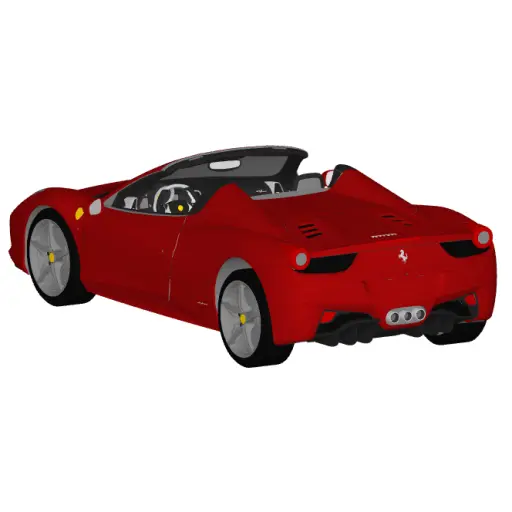Create a 3D Heightmap
Here is a useful tool for converting heightmap images into full 3D heightmap (or elevation) models. The tool supports color and grayscale images, and you can configure the color properties to fine-tune how your image is interpreted by the tool. Select from one of many 3D model formats to save your heightmap to, such as BLEND Blender, PLY, STL, and many more.
The tool uses vertex or face colors to represent color information rather than textures. The advantage of this is that it provides more compatibility with 3D formats that do not support textures. If the 3D model format selected does not support colored vertices or faces, the resulting model will not contain any color information.




